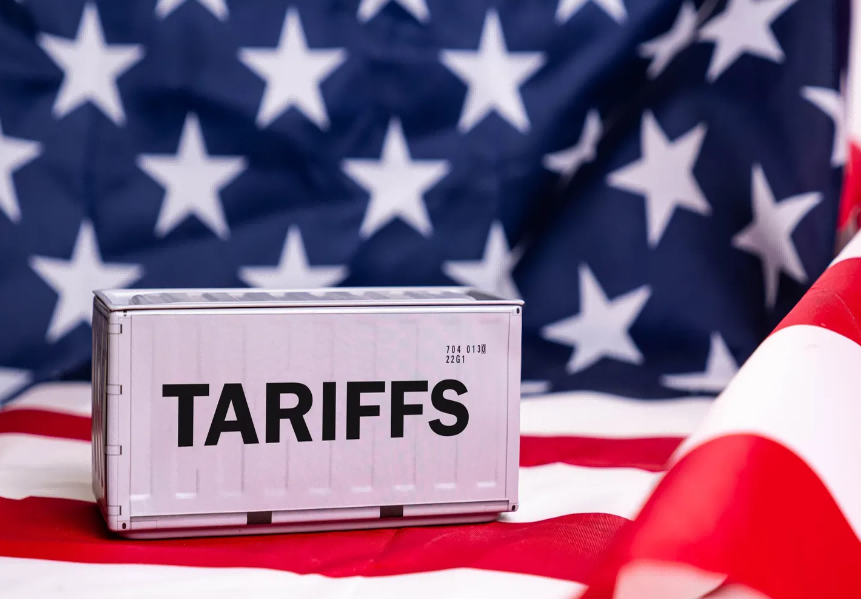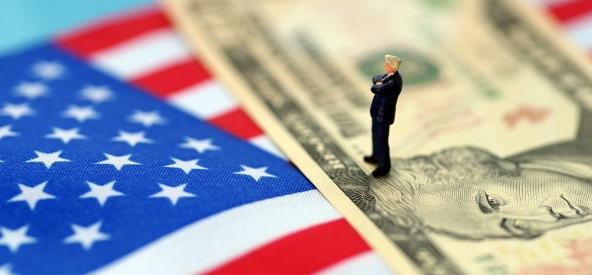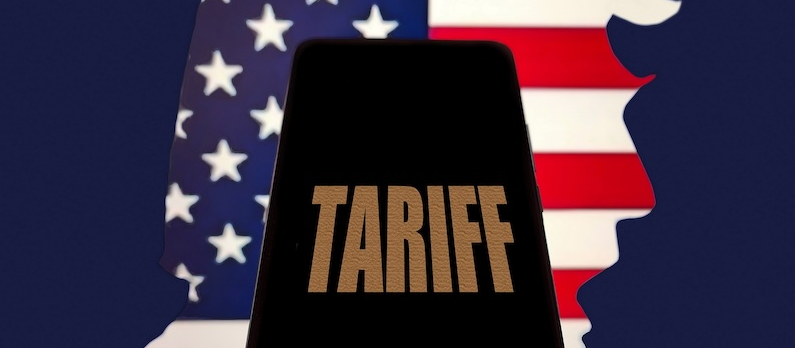Author:AliceDate:2025-4-28

In recent years, the US tariff policy has become one of the most controversial and influential factors in the global trade system. From the trade war with China during the Trump administration to the continuation of some high tariff measures by the Biden administration, the US's protectionist tendency is reshaping the global supply chain and has a profound impact on the international trade pattern. For foreign trade companies, this change is both a challenge and an opportunity.
The evolution of US tariff policy
Since 2018, the United States has imposed multiple rounds of tariffs on China, the European Union and other trading partners, involving goods worth hundreds of billions of dollars. Especially in the fields of technology, steel, aluminum and new energy, high tariff policies have become an important means for the United States to protect its own industries. Although the Biden administration has adjusted some policies after taking office, most of the tariffs on Chinese goods remain in place, and even further tightened in some areas (such as semiconductors and electric vehicles).
In 2025, the United States continues to expand tariff barriers on key industries on the grounds of "national security" and "fair trade", such as imposing a 100% tariff on Chinese electric vehicles and stricter export controls on semiconductors and related equipment. These measures not only affect Sino-US trade, but also force global companies to reassess their supply chain layout.

Impact on foreign trade business
1. Accelerated supply chain reconstruction
The high tariff policy of the United States has prompted many multinational companies to adopt the "China + 1" strategy, that is, to transfer part of their production capacity to Vietnam, India, Mexico and other countries to avoid tariff risks. For example, Apple has accelerated its capacity deployment in India and Southeast Asia, and Tesla has built a factory in Mexico to supply the North American market. Foreign trade companies need to pay close attention to changes in the global supply chain and adjust their procurement and production strategies.
2. Rising trade costs and pressure on corporate profits
The increase in tariffs has directly pushed up the prices of imported goods. American importers and consumers have borne part of the costs, but export companies are also facing the pressure of reduced orders and falling profit margins. For example, China's exports to the United States, such as furniture, electronic products and textiles, have been hit hard, and some small and medium-sized enterprises have been forced to withdraw from the US market.
3. The importance of regional trade agreements has increased
Due to the uncertainty of the United States' unilateral tariff policy, many countries have accelerated the promotion of regional trade cooperation. For example, the Regional Comprehensive Economic Partnership (RCEP) and the United States-Mexico-Canada Agreement (USMCA) have become important ways for companies to avoid tariff risks. Foreign trade companies should actively use free trade agreements to optimize the export market structure.

Response strategy: How foreign trade enterprises adjust
1. Market diversification: Reduce dependence on the US market, expand emerging markets such as the EU, ASEAN, the Middle East and Latin America, and reduce the risk of a single market.
2. Supply chain optimization: Consider establishing overseas production bases in Southeast Asia, Mexico and other places, or cooperate with local companies to comply with the US "nearshore outsourcing" policy.
3. Use policy tools: Apply for tariff exemptions (such as the US 301 tariff exclusion procedure), or reduce the impact of tariffs through re-export trade (such as exporting through Vietnam and Malaysia).
4. Improve product competitiveness: Increase product added value through technological innovation and brand upgrading to cope with price pressure caused by rising costs.

Future Outlook
The US tariff policy will not be significantly relaxed in the short term, especially in the election year, and the tough trade policy against China may be further escalated. Foreign trade enterprises need to be prepared for long-term response, while paying attention to changes in global trade rules and flexibly adjusting strategies to maintain competitiveness.
Against the backdrop of the reshaping of the global economic landscape, companies that actively adapt to changes will gain new growth opportunities, while companies that stick to the old model may face greater challenges. The tariff war is not only a trade issue, but also a signal of the reorganization of the global industrial chain. Foreign trade companies must plan ahead to remain invincible in the changing situation.
↑Previous [ HKBG golf stretcher rushes to help earthquake-stricken areas in Myanmar ]↓Next [ Our companys new upgraded ETV series is launched ]







